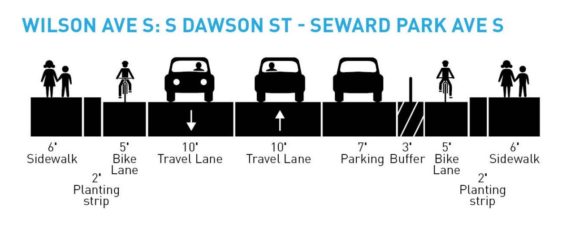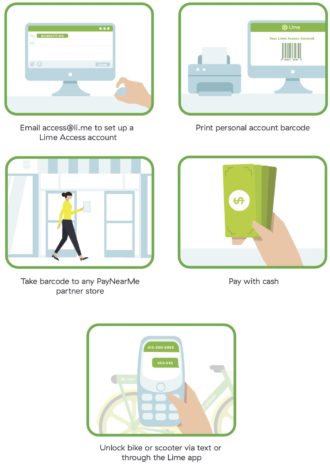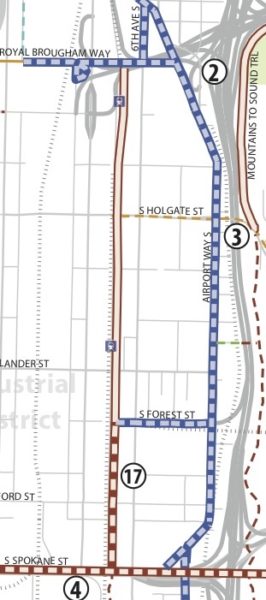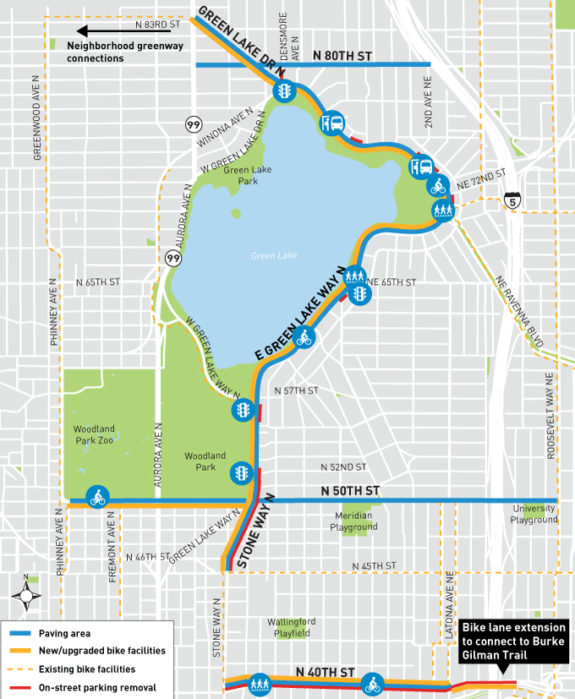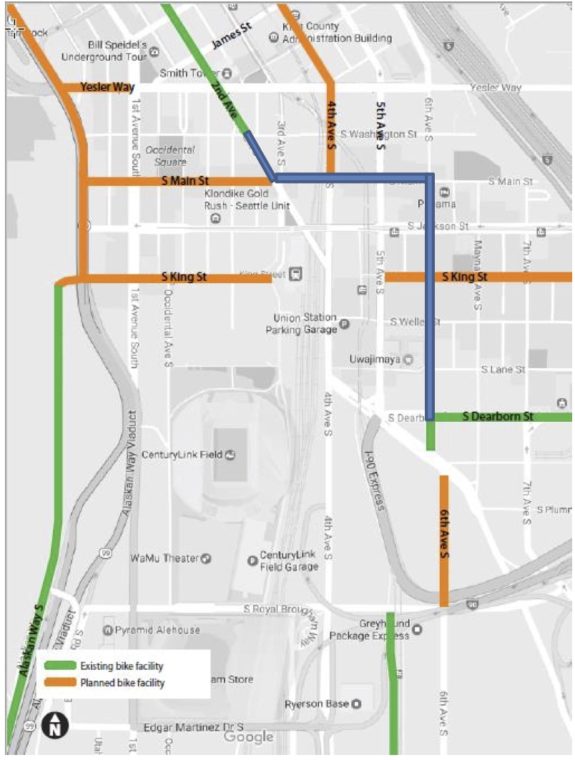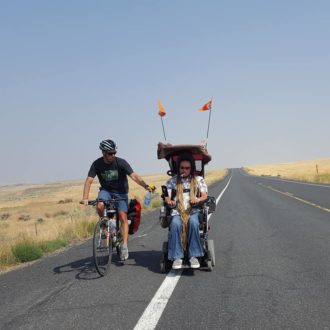
Ian MacKay is on a 7 MPH bike tour across Washington State for the second time. As of press time, he and his riding partners are a day’s journey beyond the Grand Coulee Dam heading west on their trip from Spokane to his home near Port Angeles.
MacKay’s ride is an electric wheelchair he controls using sip-and-puff controls. It’s decked out this year with new lithium batteries that can keep him moving at his top speed for the 40 miles a day he hopes to cover during his two-week adventure. He is documenting his journey on a blog and via social media (Twitter, Facebook, Instagram), and he has been capturing the imagination of the local news everywhere he goes.
Ian was injured in a California bike crash in 2008 that paralyzed him from the neck down. While recovering he started exploring further and further from home along the Olympic Discovery Trail, a paved rail trail connecting Port Angeles to Discovery Bay. That’s how he got the idea for his first cross-Washington trip in 2016.
He gave an incredible keynote talk at the 2017 WA Bike Summit about his adventure, and I highly recommend setting aside a half hour to watch the whole thing:

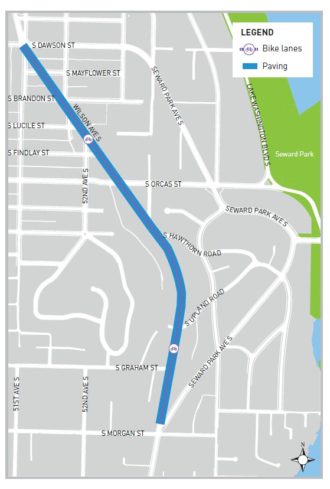 Wilson Ave S is a true rarity in the hilly neighborhood above Seward Park: It is relatively flat and direct.
Wilson Ave S is a true rarity in the hilly neighborhood above Seward Park: It is relatively flat and direct.